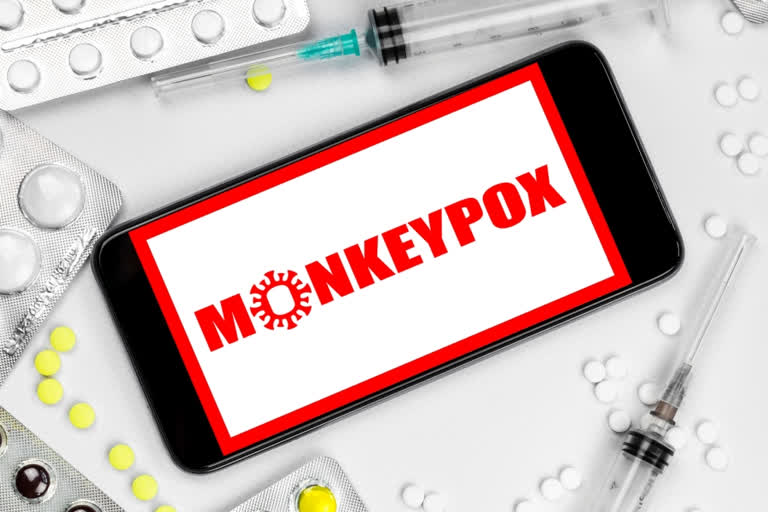India reported its second case of monkeypox in Kerala's Kannur district on July 18. A 31-year-old man has contracted the infection and is currently undergoing treatment at a hospital. The first case of the monkeypox virus also originated in India on July 14 after a UAE traveller returned to Kerala and was admitted in Thiruvananthapuram medical college.
However, although the incident has given rise to a wave of fear amongst citizens, if necessary precautions are taken, the infection can be kept at bay. Therefore, here are a few important things you need to know about monkeypox.
What is Monkeypox?
According to World Health Organisation (WHO), Monkeypox is a viral zoonosis (a virus transmitted to humans from animals) with symptoms similar to those seen in the past in smallpox patients, although it is clinically less severe. With the eradication of smallpox in 1980 and subsequent cessation of smallpox vaccination, monkeypox has emerged as the most important orthopoxvirus for public health.
What are the symptoms?
Some of the most common symptoms of monkeypox are muscle aches, headache, fever, low energy, and swollen lymph nodes. As per Dr Piyush Ranjan, Department of Medicine, AIIMS, "Monkeypox symptoms are like smallpox and chickenpox. At the onset, patients will have fever and enlargement of lymph nodes. After 1-5 days the patient may report rashes on the face, palms or soles. They may have rashes in the cornea leading to blindness." The number of rashes leading to lesions can range from one, up to several thousand.
Who is at risk?
Those people who are in close contact with someone suffering from monkeypox, including sexual contact are at the highest risk. Coming in contact with animals infected with the disease can also transfer the infection.
Are children also at risk?
Dr Ranjan reveals "the infectivity of monkeypox is less but it can be fatal in children. The COVID-19 infection has more transmissibility, but monkeypox infection occurs after prolonged exposure to an infected person. So the infection rate is very high in COVID and an infected person can infect many. But, monkeypox is less contagious."
Also read: How does COVID-19 infection damage the brain?
How does monkeypox spread?
Monkeypox can spread through human contact and also from animal to person contact. In the case of humans, face-to-face, skin-to-skin, mouth-to-mouth or mouth-to-skin contact, with another infected person can lead to monkeypox. If we talk about animal hosts, they include rodents and primates. In addition, Dr Ranjan says that, "This virus is also transmitted to humans by coming in contact with a dead animal infected with this virus."
What are the precautionary measures?
The necessary precautions that are to be taken to reduce the risk of monkeypox are:
- Limiting close contact with people who are either suspected or confirmed of having monkeypox or limiting contact with animals who are infected.
- Cleaning and disinfecting contaminated environment and surroundings.
- Seeking medical attention immediately after noticing any symptoms or getting rashes.
The government of India has also issued guidelines regarding the monkeypox disease. The guidelines stress the "surveillance and rapid identification of new cases as the key public health measures for outbreak containment, mandating the need to reduce the risk of human-to-human transmission. It explains the Infection Prevention and Control (IPC) measures, IPC at home, patient isolation and ambulance transfer strategies, additional precautions that need to be taken care of and duration of isolation procedures."
In addition, "contacts should be monitored at least daily for the onset of signs/symptoms for a period of 21 days (as per case definition) from the last contact with a patient or their contaminated materials during the infectious period.
The government guideline also urges people to "raising awareness and educating people about the measures for Monkeypox virus, like avoiding contact with any material of the sick person, isolation of the infected patient from others, practising good hand hygiene and using appropriate personal protective equipment (PPE) when caring for patients. (ANI)



